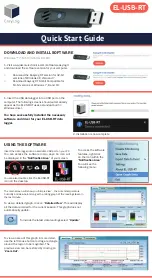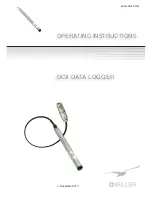
NOTE:
Several ground wires can be connected to the same ground terminal.
A good earth (chassis) ground will minimize damage to the data logger and sensors by providing
a low-resistance path around the system to a point of low potential. Campbell Scientific
recommends that all data loggers be earth grounded. All components of the system (data
loggers, sensors, external power supplies, mounts, housings) should be referenced to one
common earth ground.
In the field, at a minimum, a proper earth ground will consist of a 5-foot copper-sheathed
grounding rod driven into the earth and connected to the large brass ground lug on the wiring
panel with a 14 AWG wire. In low-conductive substrates, such as sand, very dry soil, ice, or rock, a
single ground rod will probably not provide an adequate earth ground. For these situations,
search for published literature on lightning protection or contact a qualified lightning-protection
consultant.
In laboratory applications, locating a stable earth ground is challenging, but still necessary. In
older buildings, new VAC receptacles on older VAC wiring may indicate that a safety ground
exists when, in fact, the socket is not grounded. If a safety ground does exist, good practice
dictates to verify that it carries no current. If the integrity of the VAC power ground is in doubt,
also ground the system through the building plumbing, or use another verified connection to
earth ground.
See also:
l
l
Minimizing ground potential differences
2.4 Communications ports
The data logger is equipped with ports that allow communications with other devices and
networks, such as:
l
Computers
l
Smart sensors
l
Modbus and DNP3 networks
l
Ethernet
l
Modems
l
Campbell Scientific PakBus® networks
l
Other Campbell Scientific data loggers
2. Wiring panel and terminal functions
12
















































